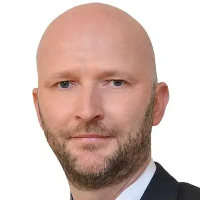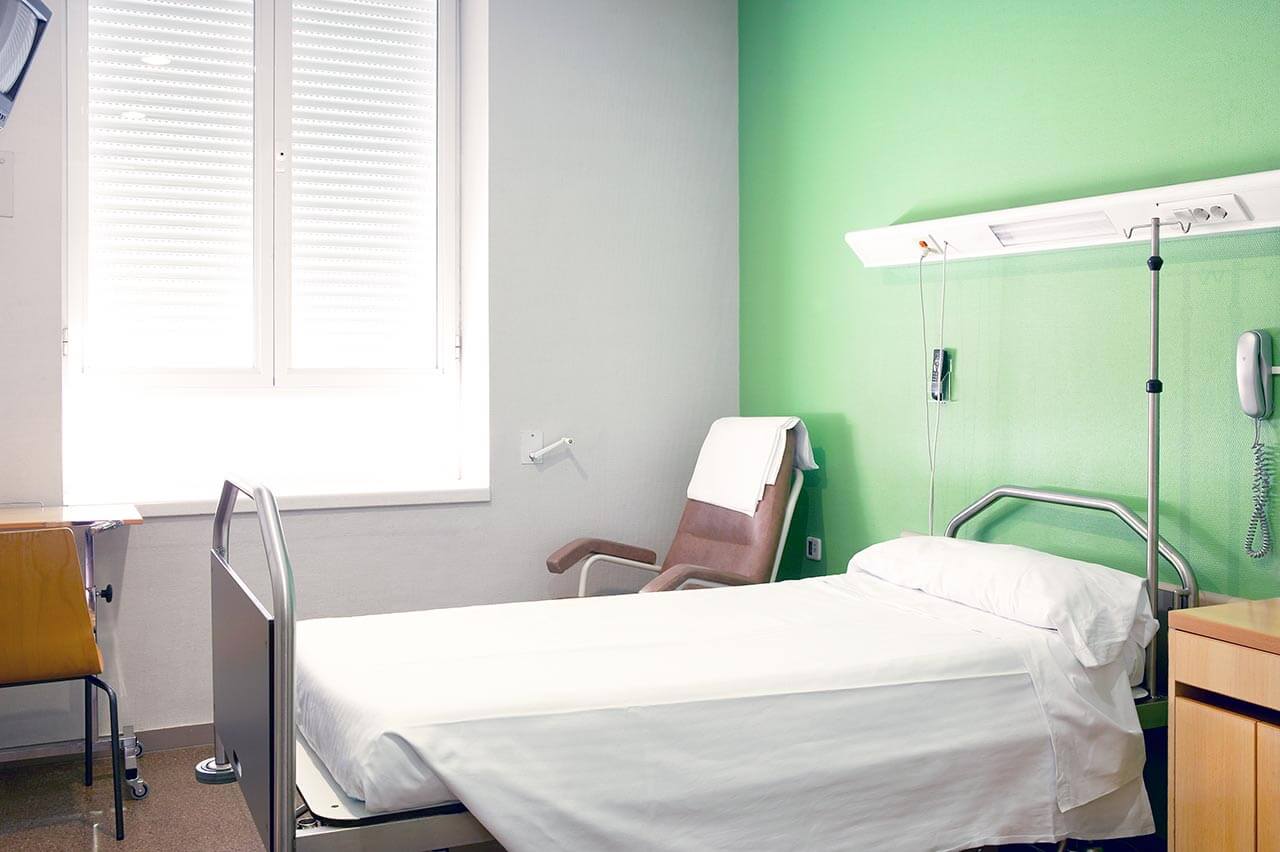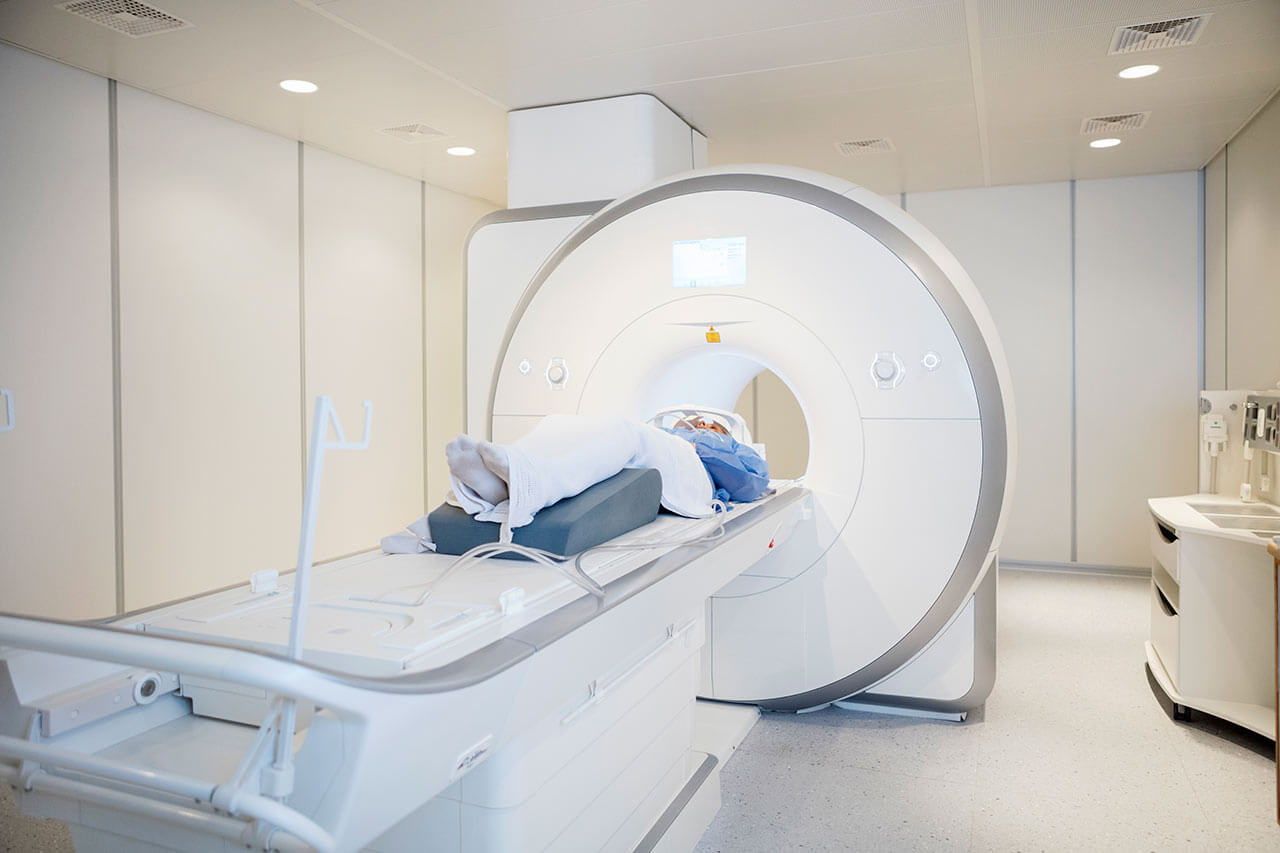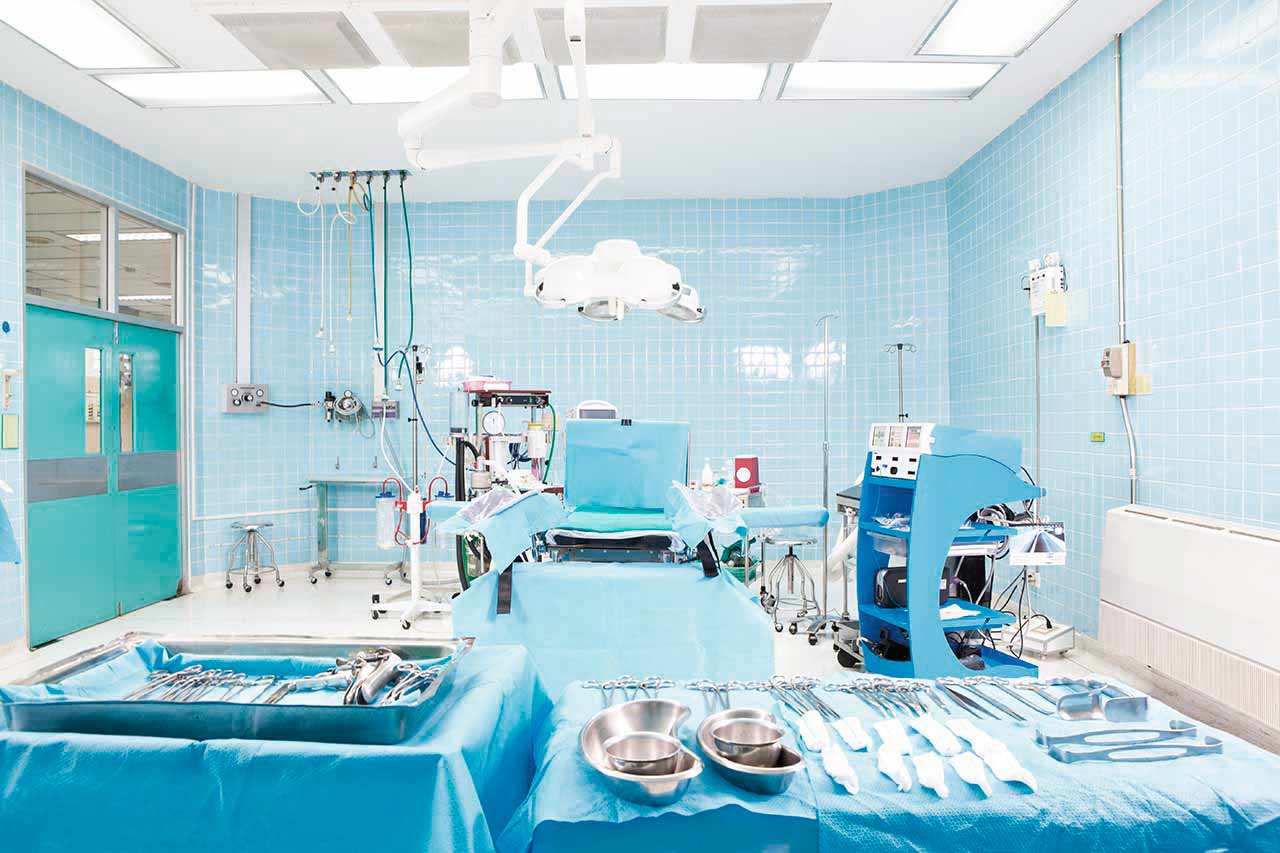
The program includes:
- Initial presentation in the clinic
- clinical history taking
- review of medical records
- physical examination
- laboratory tests:
- complete blood count
- biochemical analysis of blood
- inflammation indicators (CRP, ESR)
- indicators blood coagulation
- hormonal examination
- x-ray/ CT of the head
- otolaryngological examination
- preparation according to preoperative standard
- cleft lip repair
- symptomatic treatment
- control examinations
- the cost of essential medicines and materials
- nursing services
- full hospital accommodation
- explanation of future recommendations
- written statement
Required documents
- Medical records
- Full face and profile photo
- X-ray examination of the facial skeleton (if available)
- Maxillofacial CT scan (if available)
Service
You may also book:
 BookingHealth Price from:
BookingHealth Price from:
About the department
The Department of Adult and Pediatric Oral and Maxillofacial Surgery at the University Hospital of Ludwig Maximilian University of Munich offers the full range of diagnostics and treatment of diseases of the oral cavity, jaws, face, and upper neck. Depending on the severity of the disease, doctors provide both outpatient and inpatient treatment. The department's doctors use modern therapeutic methods and surgical procedures to ensure the best treatment results, including aesthetic ones. The specialists working in the medical facility have excellent professional skills in the surgical treatment of temporomandibular joint diseases, inflammatory processes in maxillofacial bones and soft tissues, facial fractures, benign and malignant maxillofacial tumors, and congenital malformations, in particular, cleft lip and palate. Malignant maxillofacial tumors are treated in cooperation with oncologists, radiation therapists, radiologists, and specialists from the Head and Neck Cancer Center, which is part of the Department of Adult and Pediatric Otolaryngology. The department has created all the conditions for patients to receive high-quality medical care in a comfortable environment. The department is headed by Prof. Dr. med. Sven Otto.
Many patients come to the department with temporomandibular joint disorders, which, along with the muscles of mastication, ensure the movement of the lower jaw and the closing of the teeth. Dysfunction of this joint causes severe discomfort and can provoke a change in the face shape. At the diagnostic stage, the department's doctors carry out a clinical examination, assess chewing function, swallowing, breathing, the type of teeth closing, and other important indicators. They then perform imaging tests, such as X-ray, computed tomography, magnetic resonance imaging, and orthopantomography. It may also be necessary to involve otolaryngologists, neurologists, and other specialists for differential diagnostics with other pathologies. Based on the specific clinical case, therapeutic measures may include effective conservative treatment methods (placement of special splints, drug therapy with pills, intra-articular injections, or a course of physiotherapy) and a surgical procedure. If it is impossible to do without surgery, the department's oral and maxillofacial surgeons strive to perform arthroscopic surgery. Such an operation is performed using an arthroscope (a special thin flexible tube with a fixed camera), which contributes to its minimal trauma rate.
An integral part of the work of the department's team of surgeons is the treatment of benign and malignant maxillofacial tumors. If diagnostic data confirm the presence of a benign neoplasm in a patient (for example, buccal mucosa or alveolar mucosa tumors), an operation is required to remove it. As a rule, sparing surgical techniques, including advanced laser technologies, are used in the department for this purpose. As for malignant tumors, the treatment process is more complex, and an integrated approach is required (a single surgery to resect the tumor is usually not enough). In most cases, chemotherapy and/or radiation therapy are also added to the surgical tumor removal. A particular treatment regimen is developed individually for each patient, based on the stage of cancer, the location of the neoplasm, the patient's general health condition, and age. Tumor removal surgery can be followed by reconstructive plastic surgery to restore the aesthetics of the patient's face whenever required.
The department's surgeons brilliantly cope with treating congenital maxillofacial abnormalities in children, the most common of which is cleft lip and cleft palate. Such patients are admitted in cooperation with pediatric surgeons and otolaryngologists. Young patients with cleft lip and cleft palate are highly recommended to have reconstructive surgery followed by plastic surgery before the age of 3 years, namely, before the completion of the speech formation process. Prior to the operation, the department's oral and maxillofacial surgeons perform orthodontic treatment. Following the surgical stage of treatment, additional orthopedic interventions and rehabilitation will be performed with the goal of improving the functional and aesthetic outcomes of the surgical treatment as well as ensuring normal speech development in a child.
The department’s main clinical activities include:
- Conservative and surgical treatment of benign and malignant maxillofacial tumors
- Conservative and surgical treatment of temporomandibular joint disorders
- Surgical treatment of diseases of the teeth and alveolar processes
- Surgical tooth extraction (including in patients with somatic diseases and bleeding disorders)
- Root apex resection
- Jaw cyst removal surgery
- Conservative and surgical treatment of inflammation of bones and soft tissues of the oral cavity and maxillofacial region
- Treatment of bone and soft tissue abscesses
- Treatment of inflammatory processes in the maxillary sinuses and other inflammatory processes (for example, when cysts are infected)
- Conservative and surgical treatment of facial fractures and the consequences of facial soft tissue injuries
- Surgical treatment of congenital deformities of the upper and lower jaws (dysgnathia)
- Distraction osteogenesis
- Surgical treatment of congenital maxillofacial abnormalities in children
- Repair of the cleft lip and cleft palate and other craniofacial malformations
- Dental implants and preprosthetic oral surgery
- Plastic and reconstructive surgery for congenital and acquired soft tissue defects in the face, neck, and jaw bones
- Microsurgical tissue transplantation
- Plastic surgery with free flaps
- Cosmetic interventions (for example, nose and chin reshaping, zygomatic bone augmentation, face lift, etc.)
- Other medical services
Curriculum vitae
In January 2022, Prof. Dr. med. Sven Otto took up the position of the Head Physician of the Department of Adult and Pediatric Oral and Maxillofacial Surgery at the University Hospital of Ludwig Maximilian University of Munich.
In 2005, the doctor received a diploma in Dentistry from the University of Leipzig. In 2011, he received his doctorate in Human Medicine from the Ludwig Maximilian University of Munich.
In 2006, the specialist began his professional career as an Assistant Physician in the Department of Adult and Pediatric Oral and Maxillofacial Surgery at the University Hospital of Ludwig Maximilian University of Munich. In 2007, he became a Member of the Laboratory of Experimental Surgery and Regenerative Medicine. In 2012, Prof. Sven Otto completed his board certification in Oral and Maxillofacial Surgery, after which he also obtained an additional qualification in Head and Neck Plastic Surgery. In 2013, he had his habilitation and received PD title in Oral and Maxillofacial Surgery.
Prof. Otto's clinical interests include jaw bone diseases, especially inflammation and necrosis, surgical correction of jaw bone malpositions and malformations such as cleft lip and palate, as well as surgical treatment of maxillofacial injuries and tumors.
Photo of the doctor: (c) LMU Klinikum
About hospital
According to the Focus magazine, the University Hospital of Ludwig Maximilian University of Munich is regularly ranked among the best medical institutions in Germany!
The hospital is the largest multidisciplinary medical facility, as well as a leading research and training center in Germany and Europe. The hospital is proud of its bicentenary history and tirelessly confirms its primacy at the national and international levels. The outstanding quality of medical care is complemented by highly productive research activities, thanks to which many effective diagnostic and therapeutic methods, saving people’s lives, have been presented in medical practice.
The medical facility includes two main buildings, Grosshadern and Innenstadt. The hospital has 29 specialized departments, 53 interdisciplinary centers, 11 institutes, and many sections. More than 500,000 patients are treated here every year, which indicates the hospital's excellent reputation. A large and highly professional medical team, consisting of 1,800 doctors and 3,300 nursing staff, works for the benefit of patients. The hospital has 2,000 beds to accommodate patients.
The hospital's infrastructure deserves special attention: advanced diagnostic equipment that allows doctors to detect the slightest pathological changes in the human body, the latest operating rooms with highly efficient monitoring systems, robot-assisted surgical systems that facilitate sparing operations, and proper postoperative care.
Excellent technical resources and highly professional medical staff are undoubtedly the hospital's pride, but the medical facility also pays attention to the patient's comfort and to a humane attitude toward their life situation. When providing the necessary medical care, doctors and nursing staff always show a friendly attitude, inform patients in detail about the upcoming diagnostic and therapeutic procedures, gladly answer all questions of interest to patients, and provide moral support during the therapeutic process.
The hospital has many prestigious quality certificates, including a DIN EN ISO 9001 certificate, an IQM certificate, an endoCert certificate, certificates from the German Cancer Society (DKG) for treating various types of cancer, the German Cardiac Society (DGK), the German Society for Orthopedics and Trauma Surgery (DGOU), etc. Thus, patients can count on the best possible treatment outcome due to the use of the most effective and, at the same time, sparing therapeutic techniques.
Photo: (с) depositphotos
Accommodation in hospital
Patients rooms
The patients of the University Hospital of Ludwig Maximilian University of Munich live in comfortable, spacious, single and double patient rooms with a modern design. Each room is equipped with an ensuite bathroom with a shower and toilet. The furnishing of a standard patient room includes a comfortable bed, the position of which can be adjusted using the remote control, a locker for storing personal belongings, a TV, and a telephone. Also, if desired, you can connect to the Internet. In addition, patients can opt for enhanced-comfort rooms, with a safe, a fridge, and upholstered furniture.
The hospital has an excellent infrastructure. The medical facility’s area houses a bank, ATMs, a hairdresser, shops with a wide range of food, drinks, newspapers, magazines, and personal hygiene items, play areas for children, and a beautiful garden for walking, etc.
Meals and Menus
The patient and his accompanying person are offered a daily choice of three menus, including a vegetarian one. If you are on a specific diet for any reason, you will be offered an individual menu. Please inform the medical staff about your dietary preferences prior to the treatment.
Further details
Standard rooms include:
Religion
Religious services are available upon request.
Accompanying person
Your accompanying person may stay with you in your room or at a hotel of your choice during the fixed program.
Hotel
You may stay at a hotel of your choice during an outpatient program. Our managers will help you to choose the best option.
The hospital offers a full range of laboratory tests (general, hormonal, tests for infections, antibodies, tumor markers, etc.), genetic tests, various modifications of ultrasound scans, CT scans, MRI and PET/CT, angiography, myelography, biopsies, and other examinations. Treatment with medications, endoscopic and robotic operations, and stereotaxic interventions are carried out here, modern types of radiation therapy are also used. The hospital offers patients all the necessary therapeutic techniques.
- Allogeneic bone marrow transplantation
- Microsurgical transplantation of head and neck tissues
- Microsurgical resection of brain tumors with intraoperative fluorescence
- Minimally invasive treatment of spine pathologies
- Joint replacement with postoperative rehabilitation (fast track program)
Patients with benign and malignant neoplasms of various localizations, pathologies of arteries and veins, herniated discs, osteoporosis, congenital and acquired pathologies of the musculoskeletal system, benign and malignant pathologies of the mammary gland, and other pathologies.
Which specialties of the University Hospital of Ludwig Maximilian University of Munich are the best?
- Interventional and diagnostic neuroradiology
- Vascular surgery
- Cardiac surgery
- Mammalogy
- Gastroenterology and hepatology
Over 1,700 highly qualified doctors work at the hospital.





